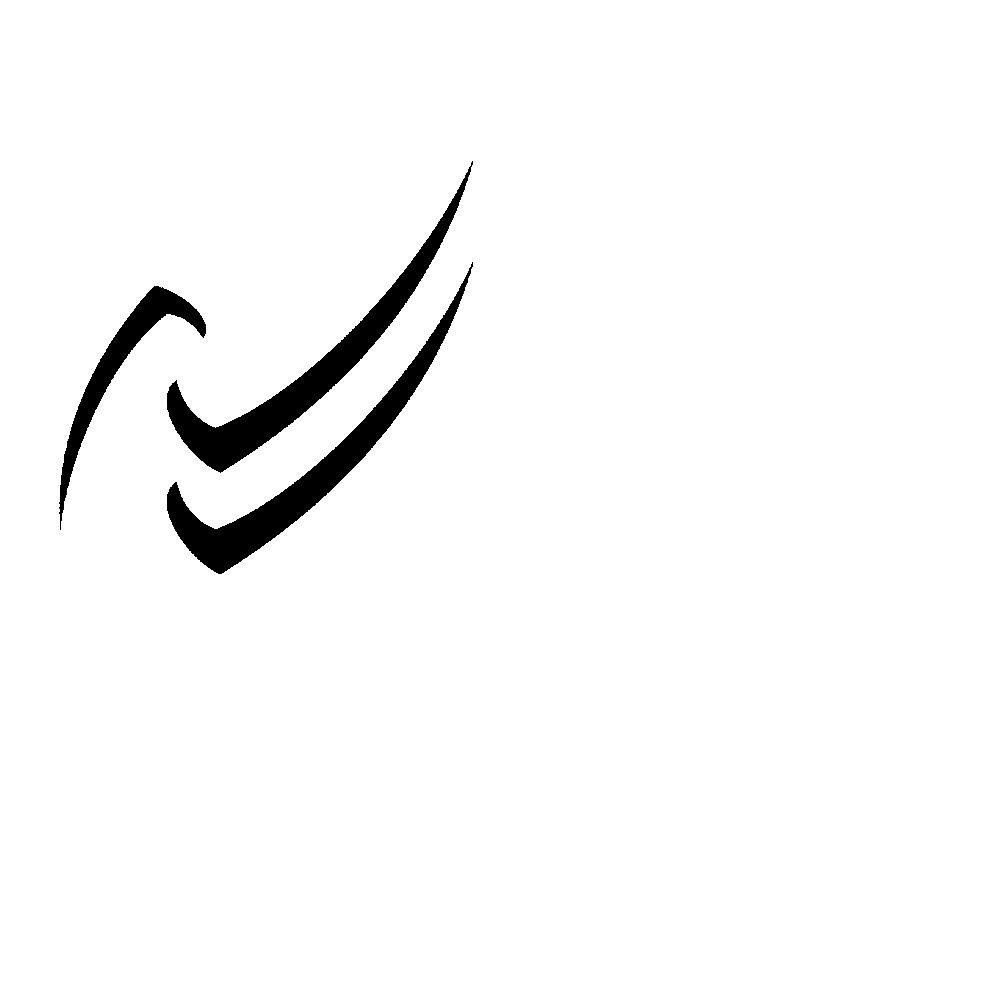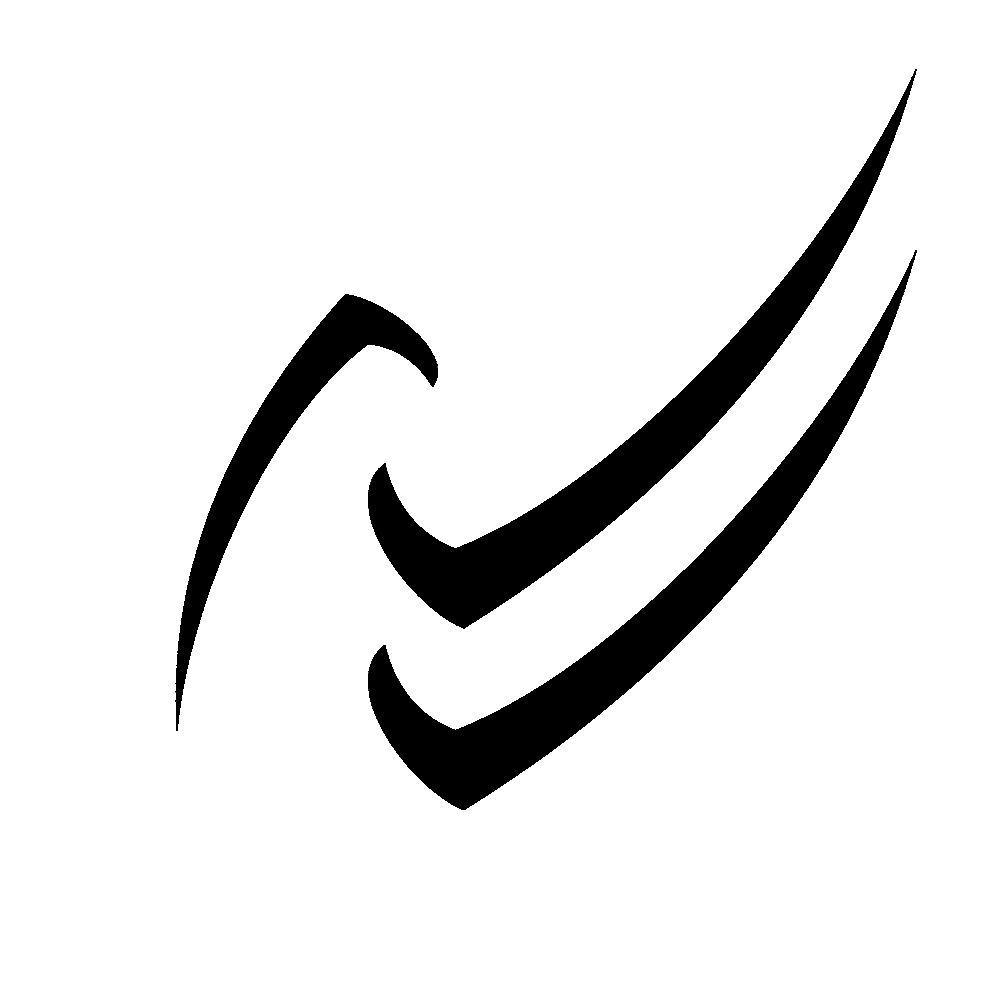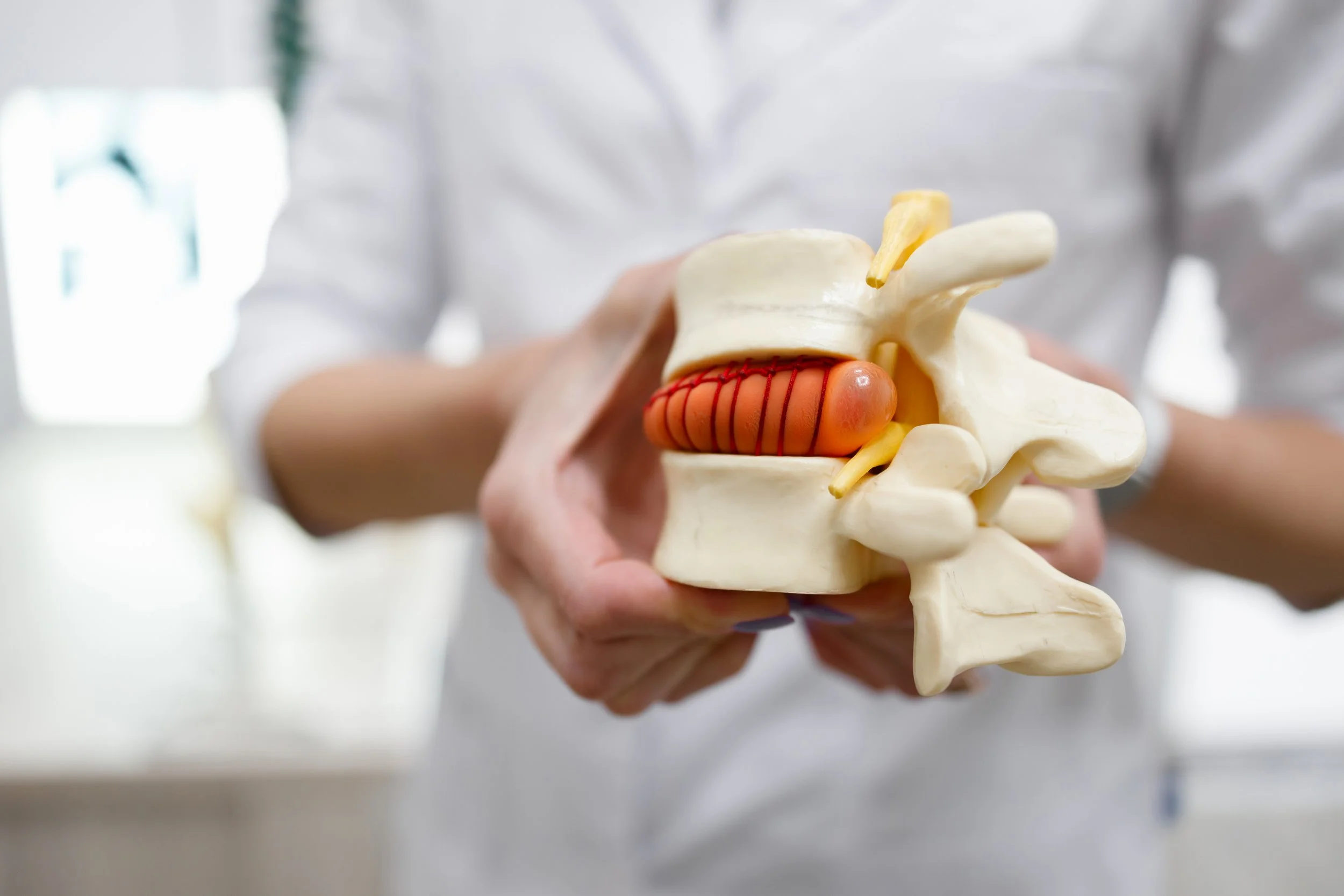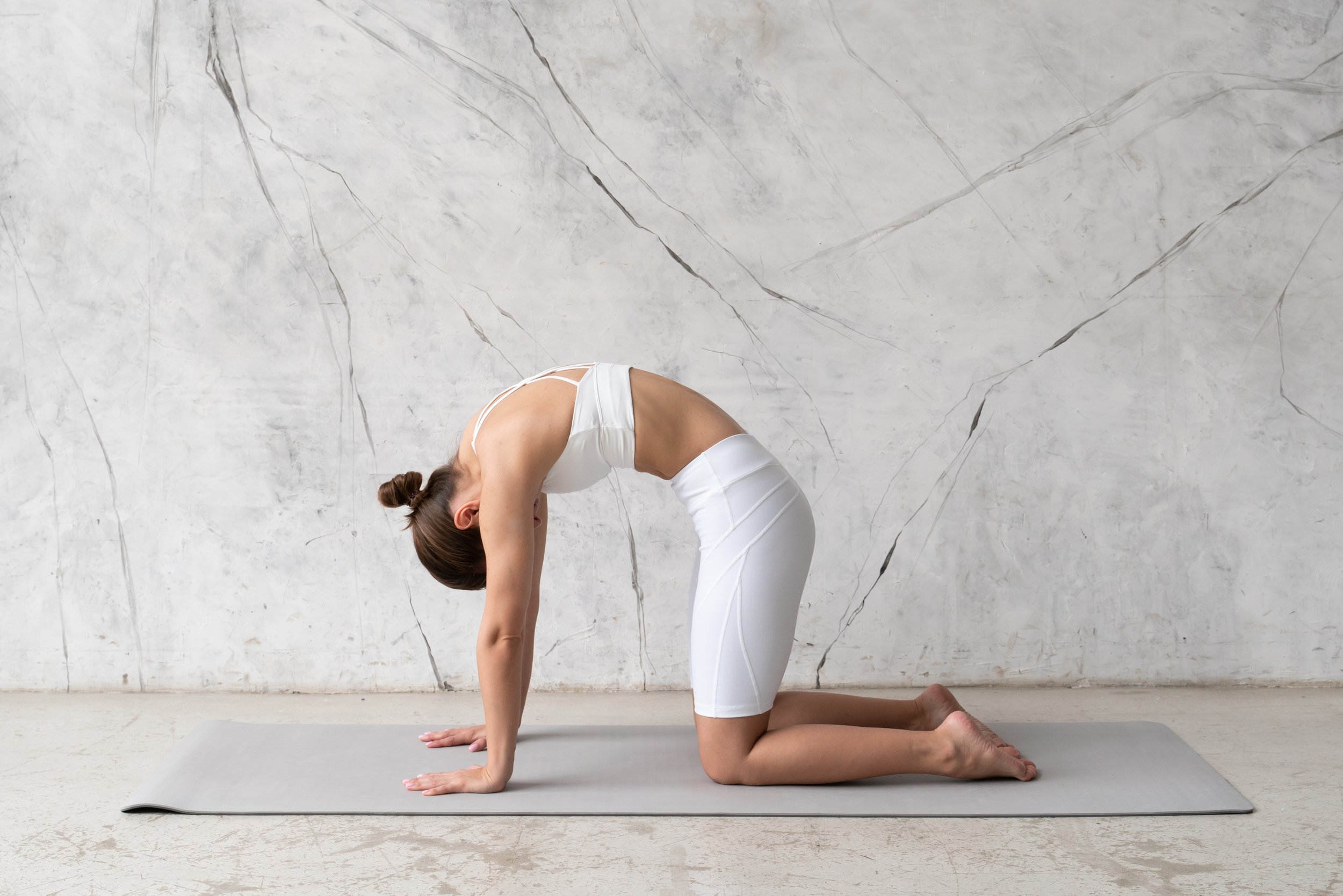3 Exercises To Strengthen Your Lower Back And Reduce Herniated Disc Pain
Lower back pain can be debilitating, especially when it comes to a herniated disc. The resulting pain, numbness, or tingling sensations can limit your mobility and make daily activities challenging. But, there is good news! With the right exercises, you can alleviate pain and expedite healing. In this post, we will take you through what a herniated disc is and discuss the different exercises that can help you recover faster. We will cover exercises to avoid and equip you with the right knowledge to help you overcome this injury. So get ready to banish that lower back pain and start living life again.
What You Need to Know About Herniated Discs
Herniated discs are a common occurrence in the lower back and neck. They are often the result of natural wear and tear or injury to the spine. Symptoms may include pain, numbness, and weakness in affected areas. In order to diagnose the condition, you may need to undergo imaging tests like an MRI or CT scan. Treatment options for herniated discs can range from rest and physical therapy to surgery if necessary.
In order to reduce herniated disc pain, exercises are an effective solution. Your exercise routine should focus on strengthening your lower back and core muscles. A strong core can help to support your lower back and reduce the risk of future injury. Exercises like planks, bridges, and bird dogs are great options for strengthening these muscles. As always, it is important to consult with your healthcare provider before beginning any exercise program to ensure that it is right for you.
What Are Discs?
Understanding herniated discs is crucial for anyone dealing with lower back pain. Discs are a part of the spinal column that act as buffers between each vertebrae.
What Is A Herniated Disc?
Understanding what a herniated disc is can help in managing the pain associated with it. When a disc is herniated, it means that the soft gel-like center has pushed out into the outer layer, causing pain and discomfort. This condition is often an outcome of natural, age-related wear and tear or an accident to the back. Herniated discs commonly affect people between the ages of 35 and 50. The protruding disc can put pressure on or irritate the nearby spinal nerve root, causing pain in the buttocks that runs down the leg. Treatment for a herniated disc can range from physical therapy and medications to surgery in severe cases. By being aware of the causes and symptoms of this condition, you can take steps to prevent it from worsening and find the appropriate treatment to manage your pain.
What Are The Symptoms of A Herniated Disc?
When it comes to understanding herniated discs, it's important to know the symptoms associated with the condition. Some of the most common symptoms include pain, numbness, weakness, and tingling in the back, legs, and feet. Patients may also experience difficulty bending forward, and may notice worsening pain with sitting or sudden movements.
What Are The Risk Factors For A Herniated Disc?
Some of the risk factors for a herniated disc include aging, genetics, improper lifting, manual labor, and dehydration. Men are also twice as likely to be diagnosed with a herniated disc than women. Despite this, the majority of people with herniated disks may not experience any symptoms and only require physical therapy to manage their condition. In severe cases, surgery may be required, but this is a rare occurrence.
How Is A Herniated Disc Diagnosed?
To diagnose a herniated disc, your doctor may recommend an MRI or CT imaging test if symptoms are severe or worsening, or if injections or surgery are being considered. Many people can improve over time with conservative care like physical therapy.
Herniated discs can result from accidents or injuries, or from age-related wear and tear. Symptoms can include pain, weakness, and radiculopathy. With the right treatment, such as exercises to strengthen your lower back, you can reduce the pain associated with a herniated disc and improve your quality of life.
3 Herniated Disc Exercises For Lower Back
Herniated disc injury can cause severe lower back pain; however, appropriate core strengthening and stretching exercises can help support healing dramatically. Lumbar herniated disc exercises are an effective nonsurgical treatment option with varied symptoms and better than other lower back pain treatment options. Specific exercises depend on the site of herniation and require warm-ups and avoidance of significant pain. Herniated disc stretches can improve flexibility, endurance and circulation. Nevertheless, larger herniations may require physical therapy, pain medication or even surgery. If you are experiencing symptoms of herniated disc, like pain caused by bending, twisting or lifting heavy objects, it can take several weeks or months to heal.
1.Cat-Cow
One popular herniated disc exercise is the cat-cow exercise, which combines two yoga poses to relieve pressure on the herniated disc by opening the intervertebral disc space. To perform this exercise, start on all fours with your hands on each knee. Inhale and drop your stomach towards the floor, then round your spine while pressing into the floor with your hands and curving your neck to look at your feet while exhaling. This exercise improves spine mobility and helps relieve disc herniation pain, which can aid in recovery. It can be done for 10 repetitions and 2-3 sets. Regularly performing cat-cow exercise can help prevent future herniated discs while also improving core and lumbar back muscles.
2. Cobra Pose
One of the recommended exercises for reducing herniated disc pain in the lower back is Cobra Pose. This pose involves lying on the stomach and slowly moving onto the hands while extending the lower back. The repeated extension of the lower back during Cobra Pose can help push disc material towards the center of the intervertebral disc, which can relieve pain and symptoms in the affected leg. Depending on your flexibility and comfort level, you may choose to lift your chest higher, straightening your arms and increasing the arch in your back. However, always prioritize maintaining a comfortable and pain-free range of motion. A variation of this pose for beginners is the Half-Cobra pose, in which you lie on your elbows rather than pushing with your hands.
It is recommended to hold the pose for 10-15 seconds at first and gradually increase up to 30 seconds with 10 repetitions. It's important to monitor any pain during the exercise, and stop if it increases. Overall, Cobra Pose can be an effective exercise for strengthening the lower back and reducing herniated disc pain.
3. Plank
This exercise is ideal for developing a strong core, including the transverse abdominal muscle, which serves to protect your inner organs and spine. Start by lying on your stomach on a mat, then lifting yourself up on your forearms and toes. Keeping the core tight and your spine neutral (neither rounded up nor sagging down), hold this position for 30 seconds to a minute, for 2-3 sets with a minute of rest in between each set.
Exercises to avoid
If you are recovering from a herniated disc, it is best to avoid strenuous activity that can cause pain. High-impact activities like jogging and martial arts should also be avoided. Opt for low-impact exercises that encourage increased blood flow and maintain strength. Challenging activities can be modified to keep lower back in a pain-free position. Remember, the goal is to not aggravate the affected area. Gentle, low-impact exercise is the key to strengthening your lower back and reducing the risk of future herniated discs.
Conclusion
In conclusion, strengthening your lower back and reducing herniated disc pain is essential for maintaining a healthy and active lifestyle. While some exercises can help alleviate the pain, others can exacerbate or worsen your condition. It is, therefore, important to be cautious while exercising and seek professional help if the pain persists. If it does, avoid exercises like sit-ups, waist twists, and high-impact activities that can strain your lower back. Learn more about herniated disc exercises and follow our expert guide to reduce pain and improve your overall health.
Discover the ultimate at-home fitness solution with our revolutionary resistance bands workout system! Designed to help you build muscle, alleviate pain, and enhance cardio – all from the comfort of your home. Resistance bands are an incredibly affordable and versatile alternative to weights, requiring minimal equipment and space while being gentle on your joints.
Don't miss this exclusive offer: Sign up now to unlock a massive 25% discount and gain immediate access to over 50 expertly crafted home workouts and coaching sessions. Transform your fitness journey with our unique resistance bands workout system – a game-changer for anyone seeking a convenient, effective, and budget-friendly way to achieve their goals. Join us today and experience the difference!". Click here.
Are you enjoying our blog content and looking for even more valuable insights, tips, and exclusive offers? Subscribe to our newsletter now! As a subscriber, you'll be the first to receive our latest articles, access to special promotions, and get exclusive content tailored to help you achieve your goals. Don't miss out on the opportunity to stay connected and informed – joining our community is just one click away!
To subscribe, simply enter your email address in the subscription box at the bottom of the page and hit 'Sign Up.' We respect your privacy and promise never to spam you or share your information with third parties. Join our growing community today and unlock the full potential of our expertise!








